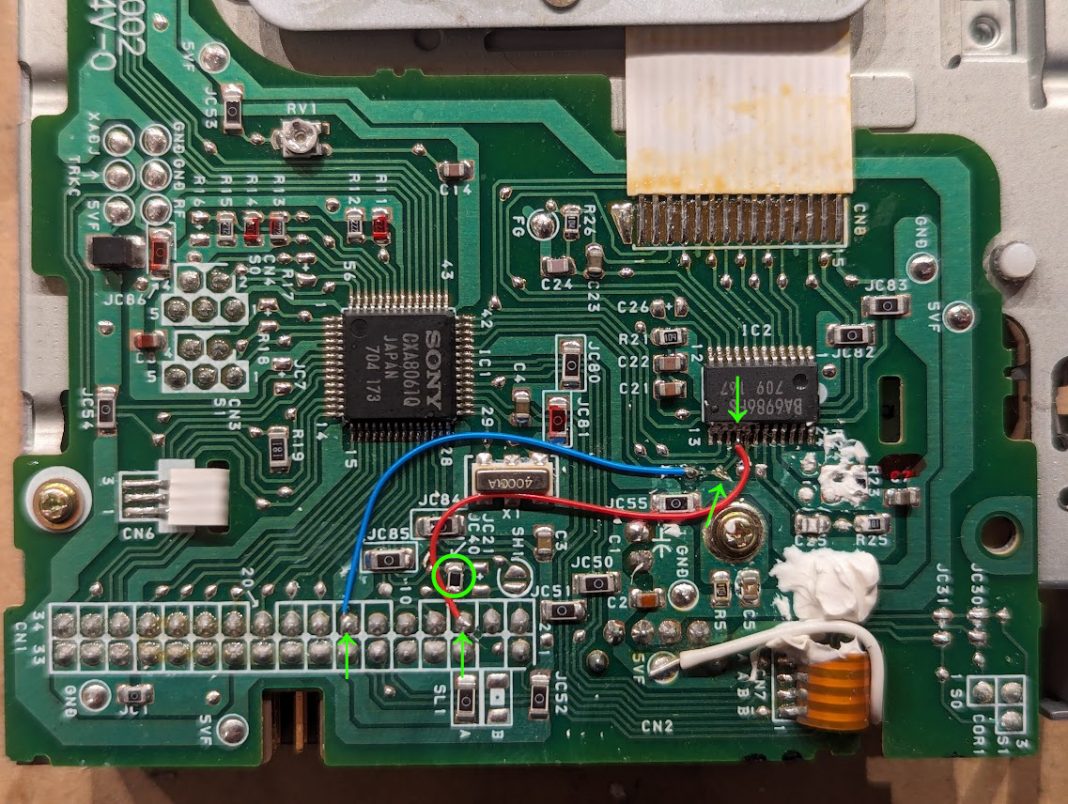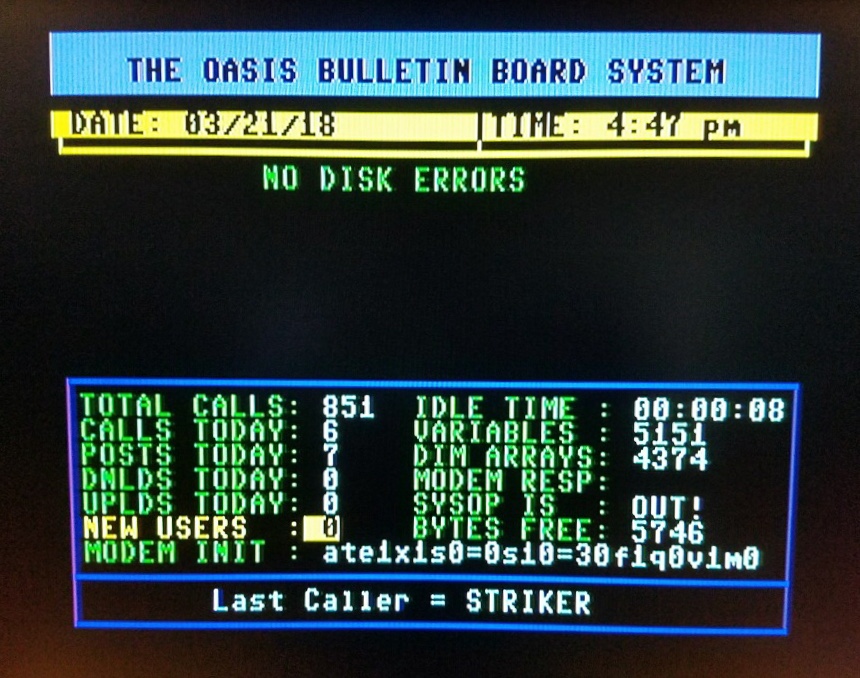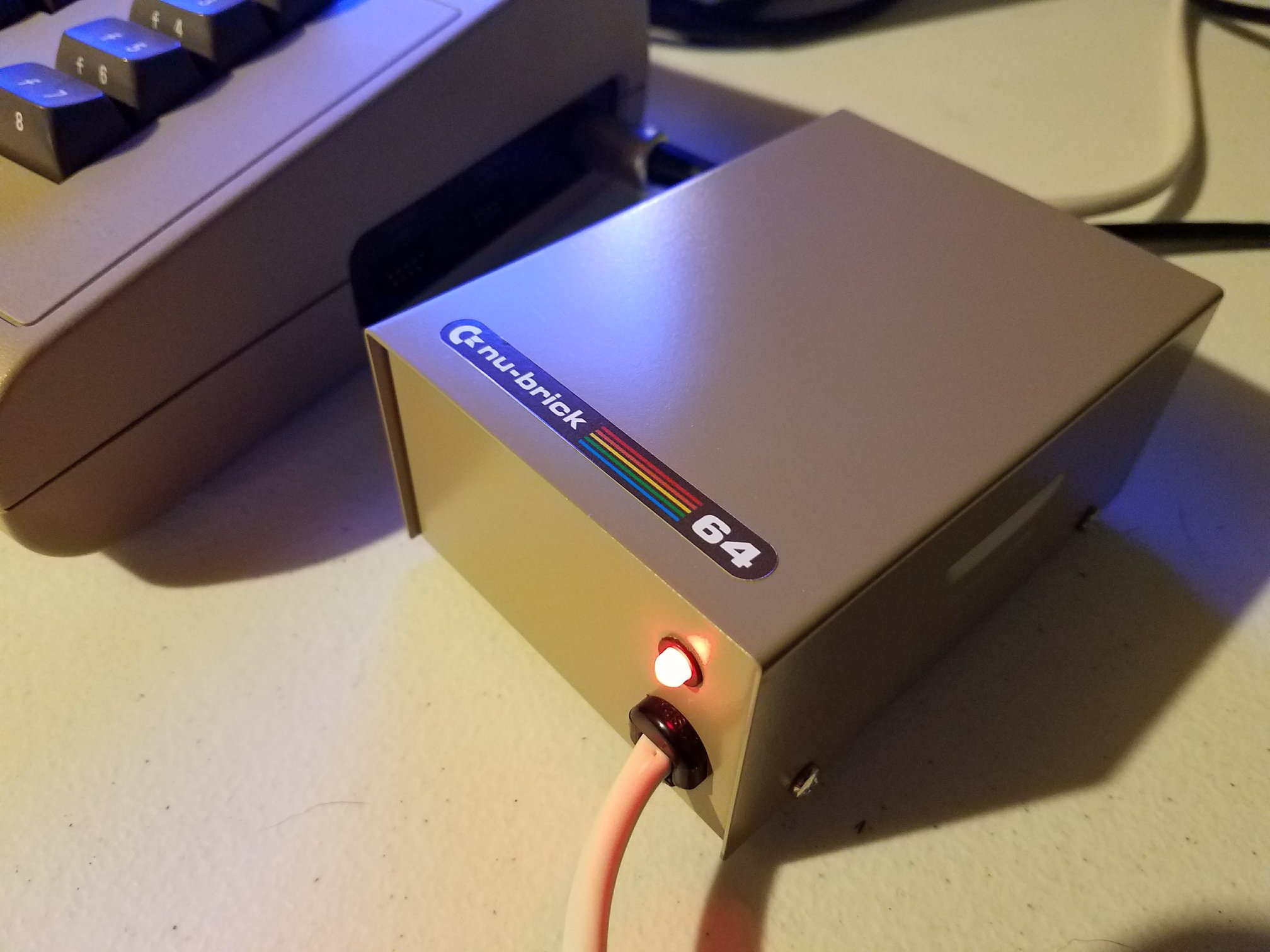Late-model Amiga computers utilize specialized floppy drives, such as the Chinon FZ-357A, to facilitate the reading and writing of high-density floppy disks, commonly referred to as 1.44MB floppies. Interestingly, the Amiga can store 1.76MB due to its ability to accommodate four additional sectors per track.
The decision to employ customized floppy drives stems from the limitations of the Amiga’s custom chip, Paula, which only supports the slower bit rate associated with double-density floppy disks. Rather than invest in altering the Paula chip, Commodore engineers opted for a customized floppy drive solution. These drives operate at half speed when detecting a high-density floppy disk.
During the 1990s, various third-party vendors introduced Amiga-compatible floppy drives, one notable example being the AMTRADE “The Real HD-Drive” A357. This design incorporates a modified Sony MPF920-E or TEAC FD-235HF, both commonly found drives, along with a compact adapter circuit board featuring a 16V8 PAL.
Through reverse engineering efforts, the operational principles of the A357 were deciphered, leading to the development of a functional replica. Although not an exact copy due to the original PAL being locked, the recreated version is named the Herr Doktor Diskettenlaufwerk, or HDDLW.








